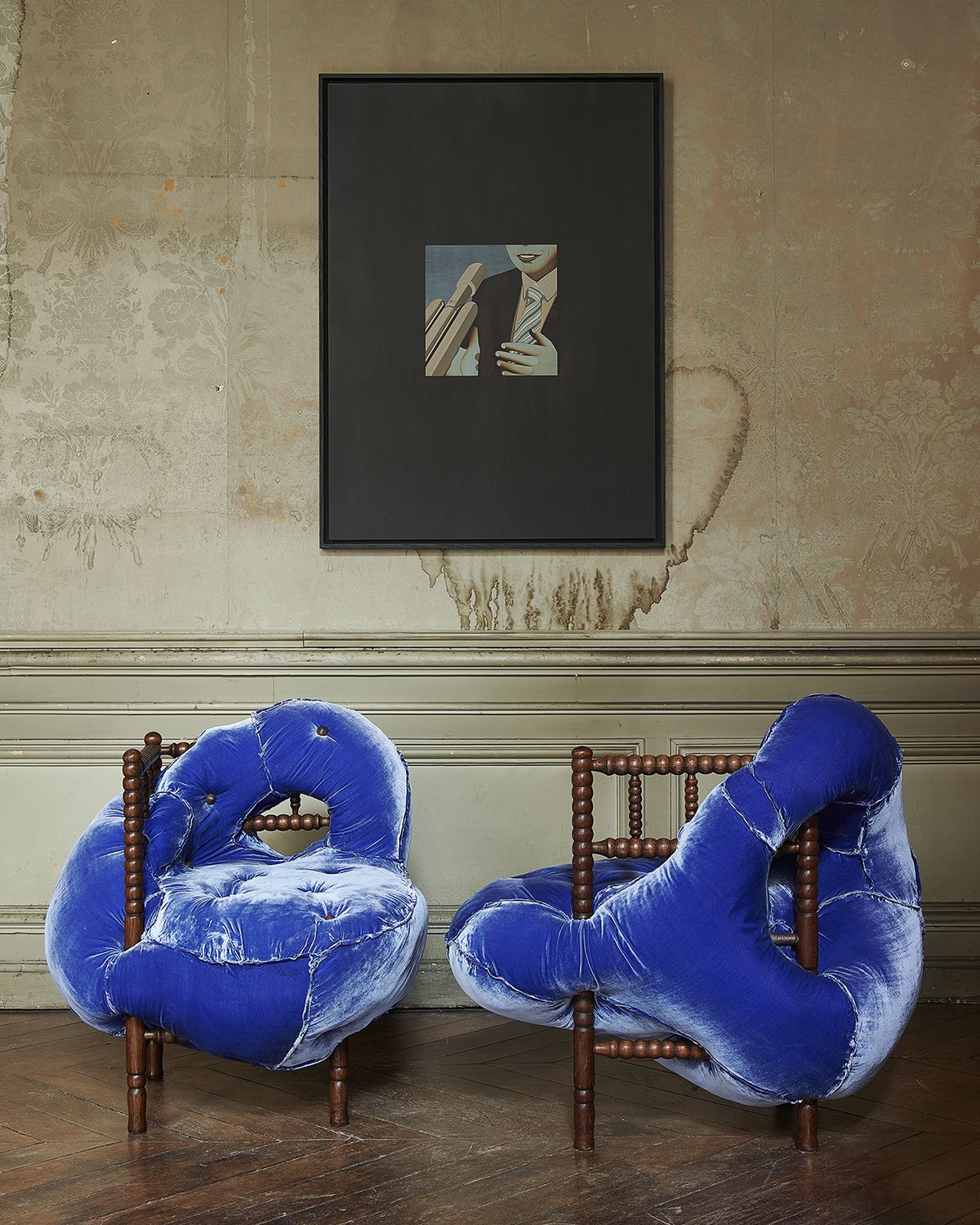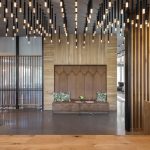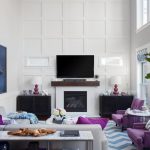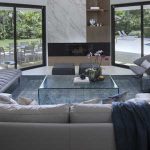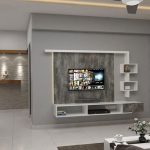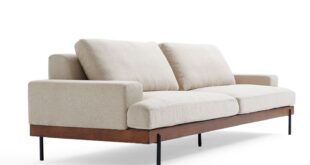Interior design is an important aspect of creating a visually appealing and functional living space. It involves designing and arranging the interior of a room or building to achieve a desired aesthetic and enhance the overall atmosphere. Interior designers use their creativity and knowledge of design principles to transform a space into something beautiful and functional.
One of the key elements of interior design is color. The colors used in a space can have a significant impact on the overall feel and mood of the room. Warm colors like reds, oranges, and yellows can create a cozy and inviting atmosphere, while cool colors like blues and greens can create a calming and serene environment. It’s important to carefully consider the color scheme when designing a space to ensure that it complements the overall design aesthetic.
In addition to color, texture is another important element in interior design. Texture refers to the way that surfaces look and feel, and can add depth and visual interest to a space. Incorporating a variety of textures, such as smooth surfaces, soft fabrics, and rough materials, can create a dynamic and visually pleasing environment. Mixing different textures can also help create a sense of balance and harmony in a room.
Furniture selection is another crucial aspect of interior design. The furniture in a room not only serves a functional purpose, but also plays a major role in the overall design aesthetic. Choosing furniture that is both stylish and comfortable is key to creating a space that is both visually appealing and functional. It’s important to consider the scale and proportion of furniture pieces in relation to the size of the room to ensure that the space feels balanced and well-designed.
Lighting is also a critical component of interior design. Proper lighting can enhance the overall design of a space and create a certain ambiance. Natural light is always the best option, but strategically placed artificial lighting can also help create a desired mood or highlight certain features in a room. It’s important to consider both the functionality and aesthetics of lighting when designing a space to ensure that it meets the needs of the occupants and enhances the overall design aesthetic.
In conclusion, interior design is a complex and multifaceted process that involves careful consideration of color, texture, furniture selection, and lighting. By understanding and incorporating these key elements into a design plan, interior designers can create beautiful and functional spaces that enhance the lives of those who inhabit them. Whether designing a residential space, commercial building, or public space, the principles of interior design are essential to creating a space that is both visually appealing and functional.
 efistu.com Home Decor
efistu.com Home Decor
